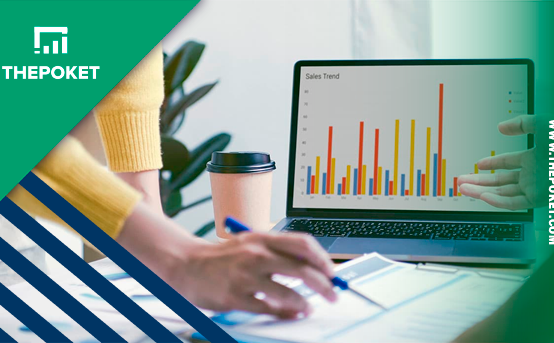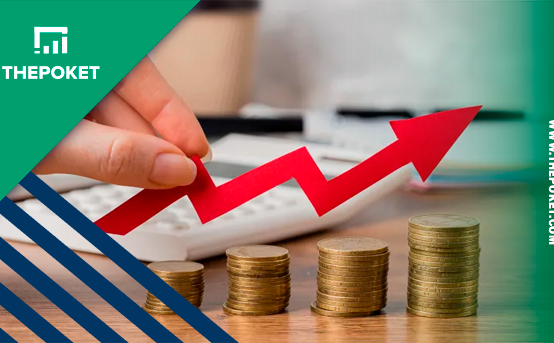
Dollar or Euro: When deciding between the U.S. dollar (USD) and the euro (EUR) as an investment, the choice depends on several factors, including economic stability, inflation rates, and interest rate policies in the United States and the Eurozone. The dollar is widely considered a “safe haven” currency due to its global reserve status and the relative strength of the U.S. economy.
Meanwhile, the euro is the currency of the Eurozone, a collective economy that includes some of the world’s strongest economies, like Germany and France. This diversity can offer stability but also brings potential vulnerabilities tied to the economic performance of multiple countries.
Both the dollar and the euro fluctuate based on changes in global economic conditions, such as political events, trade agreements, and changes in interest rates. For example, the U.S. Federal Reserve and the European Central Bank (ECB) play significant roles in influencing currency value through interest rate policies.
Generally, higher interest rates strengthen a currency, as they attract foreign investors. However, the economic cycles of the United States and the Eurozone don’t always align, creating opportunities for investors to capitalize on timing based on currency strength. In the end, choosing between the dollar and the euro as an investment largely depends on one’s risk tolerance, investment timeline, and economic forecasts.
Many investors find it beneficial to hold a mix of currencies in their portfolio to balance potential gains and mitigate risks. Additionally, analyzing each currency’s trends, including inflation rates and GDP growth, can offer insight into their future strength, helping investors make more informed decisions.
Dollar: four consecutive weeks of rise spark market speculation

The Dollar has been on an upward trajectory, marking four consecutive weeks of rise. This trend has captured the attention of investors and market analysts alike. Several factors have contributed to this surge, and understanding these can provide insights for future market movements.
In this article, we explore the underlying causes of the Dollar’s rise and how the market is reacting to this significant development.
Factors Behind the Dollar’s Rise
The strengthening of the U.S. dollar over the past four weeks can be attributed to various key factors. One significant driver is the Federal Reserve’s tight monetary policy, which includes interest rate hikes aimed at curbing inflation. Higher interest rates tend to attract foreign capital, boosting demand for the dollar.
Economic indicators have also shown positive trends, such as low unemployment rates and steady GDP growth. These factors enhance investor confidence in the U.S. economy, leading to an increased purchase of U.S. assets denominated in dollars.
Additionally, geopolitical events have played a role in the dollar’s rise. Global uncertainties often drive investors to seek out the stability of the dollar, regarded as a safe haven currency. This influx of demand further bolsters the dollar’s value on the international markets.
Market Reactions and Future Predictions
The recent surge in the dollar has significantly affected both domestic and international markets. Financial analysts are closely watching these movements, trying to understand the underlying causes and forecast future trends.
Market players have observed increased volatility in currency exchange rates, influencing importers and exporters alike. Companies with international operations are particularly sensitive to these fluctuations, as they impact profitability and budget planning.
Investors are also reacting to these market changes. There has been a noticeable shift in asset allocation, with many preferring safer, dollar-denominated investments. This behavior hints at a larger trend of caution and hedging against potential market downturns.
Speculation concerning the dollar’s trajectory is rampant. Economic indicators, policy changes, and geopolitical events are all factors under scrutiny. Analysts are not only examining current data but also delving into historical patterns to make informed predictions about future shifts in the dollar’s value.



 Apple Became the 1st Company to Reach $1 Trillion in Brand Value <p style=' font-weight: normal;font-size: 16px !important; text-align: left;'> Apple became the first company to reach $1 trillion in brand value, marking a historic achievement in the tech industry. </p>
Apple Became the 1st Company to Reach $1 Trillion in Brand Value <p style=' font-weight: normal;font-size: 16px !important; text-align: left;'> Apple became the first company to reach $1 trillion in brand value, marking a historic achievement in the tech industry. </p>  Elon Musk’s Billion-dollar Compensation Package at Tesla Approved and Shares Spike <p style=' font-weight: normal;font-size: 16px !important; text-align: left;'> Elon Musk's billion-dollar compensation package at Tesla has been approved, leading to a notable increase in the company’s share prices. </p>
Elon Musk’s Billion-dollar Compensation Package at Tesla Approved and Shares Spike <p style=' font-weight: normal;font-size: 16px !important; text-align: left;'> Elon Musk's billion-dollar compensation package at Tesla has been approved, leading to a notable increase in the company’s share prices. </p>